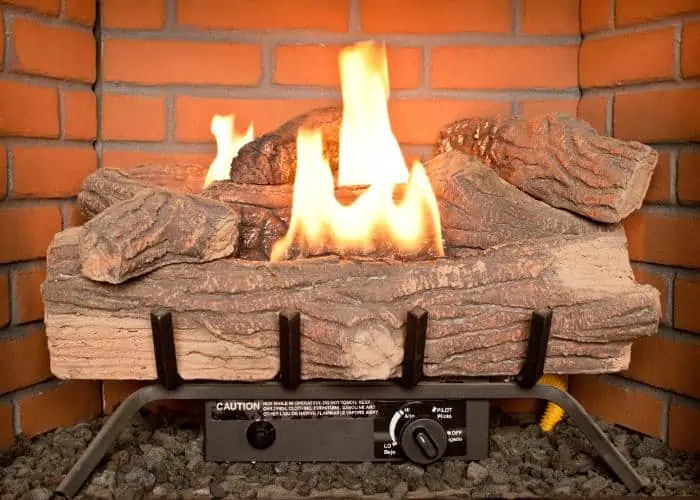How to Ignite a Propane Fireplace?
Propane fireplaces are a popular option for many homeowners, as they’re easy to use and provide a great source of heat. However, they require a few simple steps to ignite properly.
(Looking for”Hearth Replacement Services“? Contact us Today!)

First, you should understand what a propane fireplace is and how it works. It’s a gas appliance that uses a pilot light to start the main burner and prevent leaks. If you’re unsure how to use your fireplace, consult the user manual.
A pilot flame is a small, blue flame that lights when you turn a key or flip a switch. It helps get your fire started so you don’t have to waste time catching logs on fire.
If you’re unable to ignite your fireplace, there are several things that may be wrong with it. These issues include improper airflow, a clogged chimney or the thermocouple.
Improper Airflow: The airflow in a gas fireplace should be equal to that of an open flame, which should have a ratio of about two parts oxygen and one part gas per minute. This will reduce soot buildup and make your fire safer to use.
Chimney: A clogged chimney can also cause your gas fireplace to fail to light, so clear it as soon as possible.
Thermocouple: If you have a gas fireplace, test the thermocouple with your multimeter to ensure it is working correctly. You’ll want to find a reading of at least 25 millivolts, which is the recommended threshold for a functional thermocouple.
If your thermocouple doesn’t work, you should have a professional check it out. Thermocouples can become damaged over time or get blocked by debris, so a professional is necessary to repair them.
Changing Your Burner Ports: If your burner ports are dirty or clogged, it will affect the flow of gas through your fireplace. Clean them regularly to ensure the fireplace fires properly.
Remove the Front Cover of Your Fireplace.
For safety, most propane fireplaces come with a panel that separates the flame chamber from the rest of the room. This panel is typically made of glass, so removing it is important for safety.
Next, turn on your gas line using a handle or lever that is usually located on the gas line near the standing pilot light. Once you have turned the valve to the “on” position, press the control knob down for five seconds to allow the propane to flow through the hose.
Once the hose has a chance to flow, turn the control knob past the first two settings to the “pilot” setting. After the knob has been in this position for a few seconds, push the ignition button to ignite your fireplace’s pilot light.
If the pilot light doesn’t spark, you might need to relight it manually. This can be done with a long lighter or by inserting a lit match in the slot.
Some gas fireplaces use a piezo ignitor to spark the pilot. These can be inserted directly into the pilot tube or can be purchased at most home improvement stores. It is important to note that some models have electronic ignitions, which are much easier to use than a traditional piezo ignitor.

